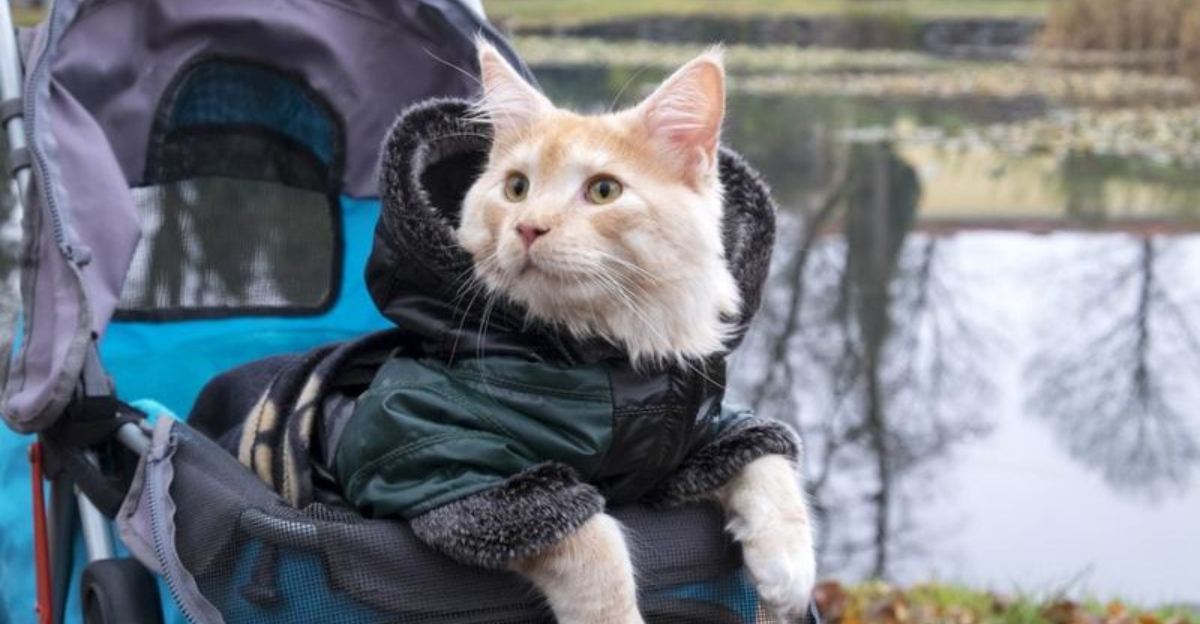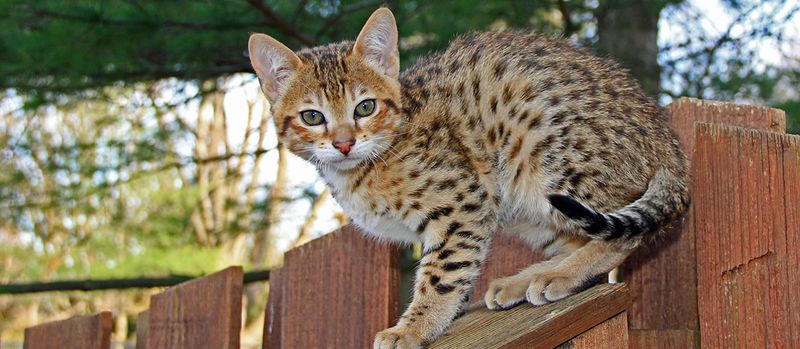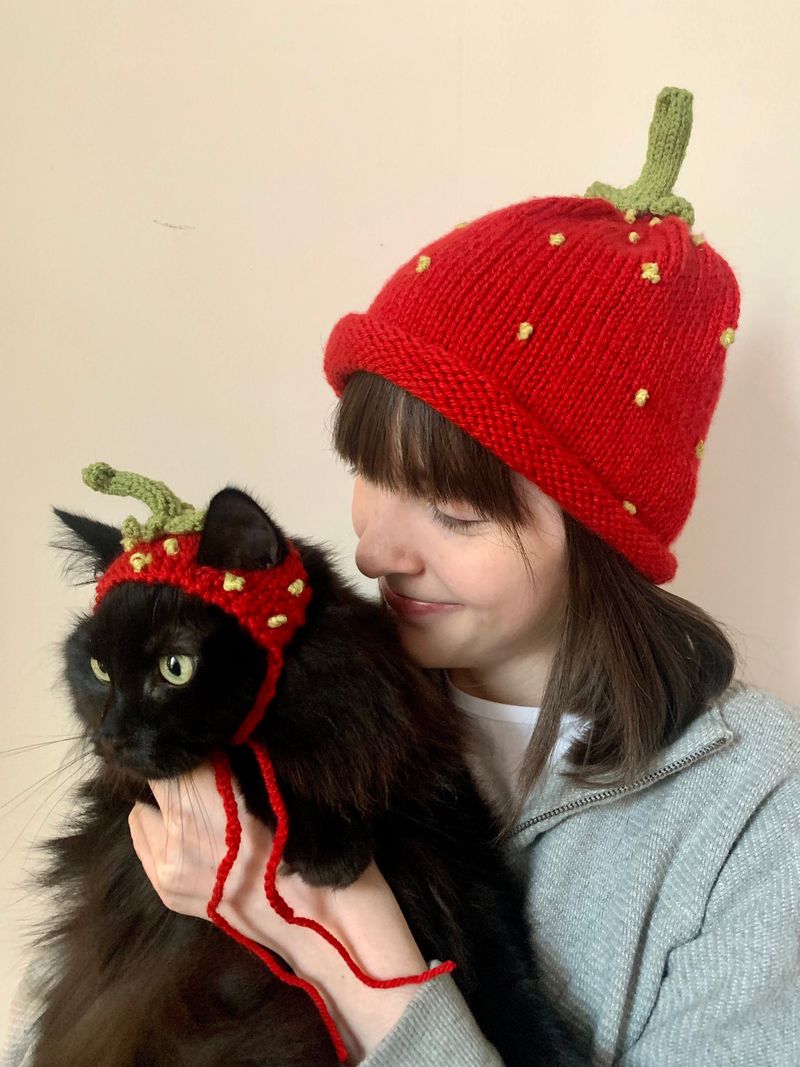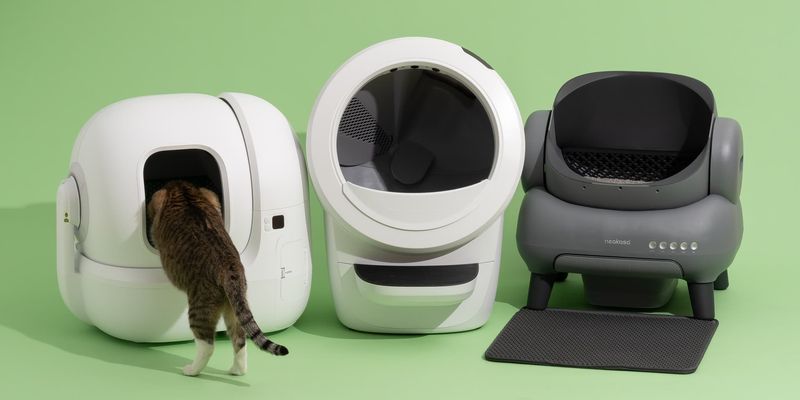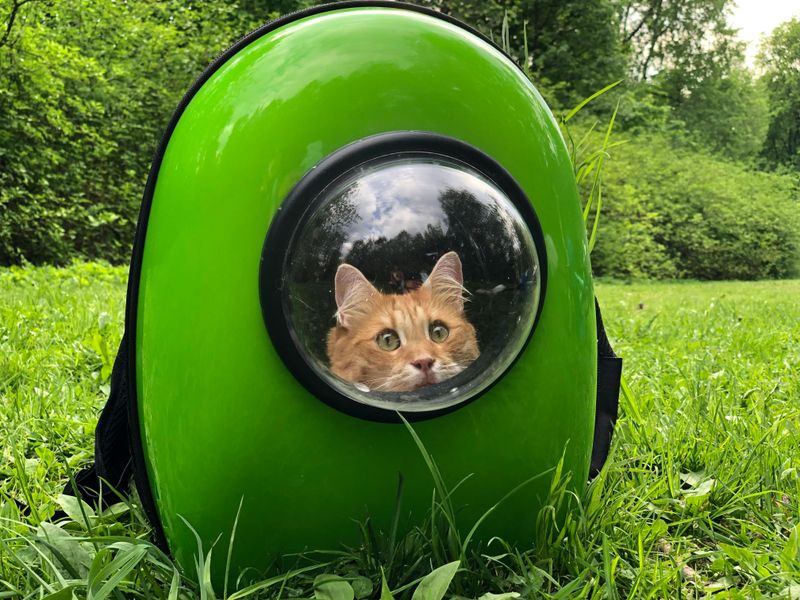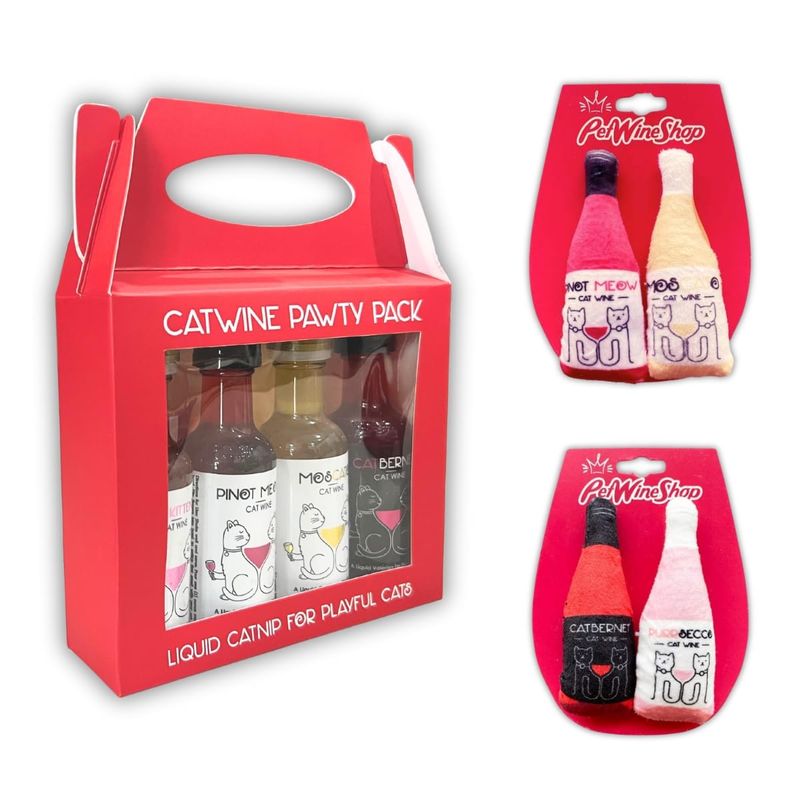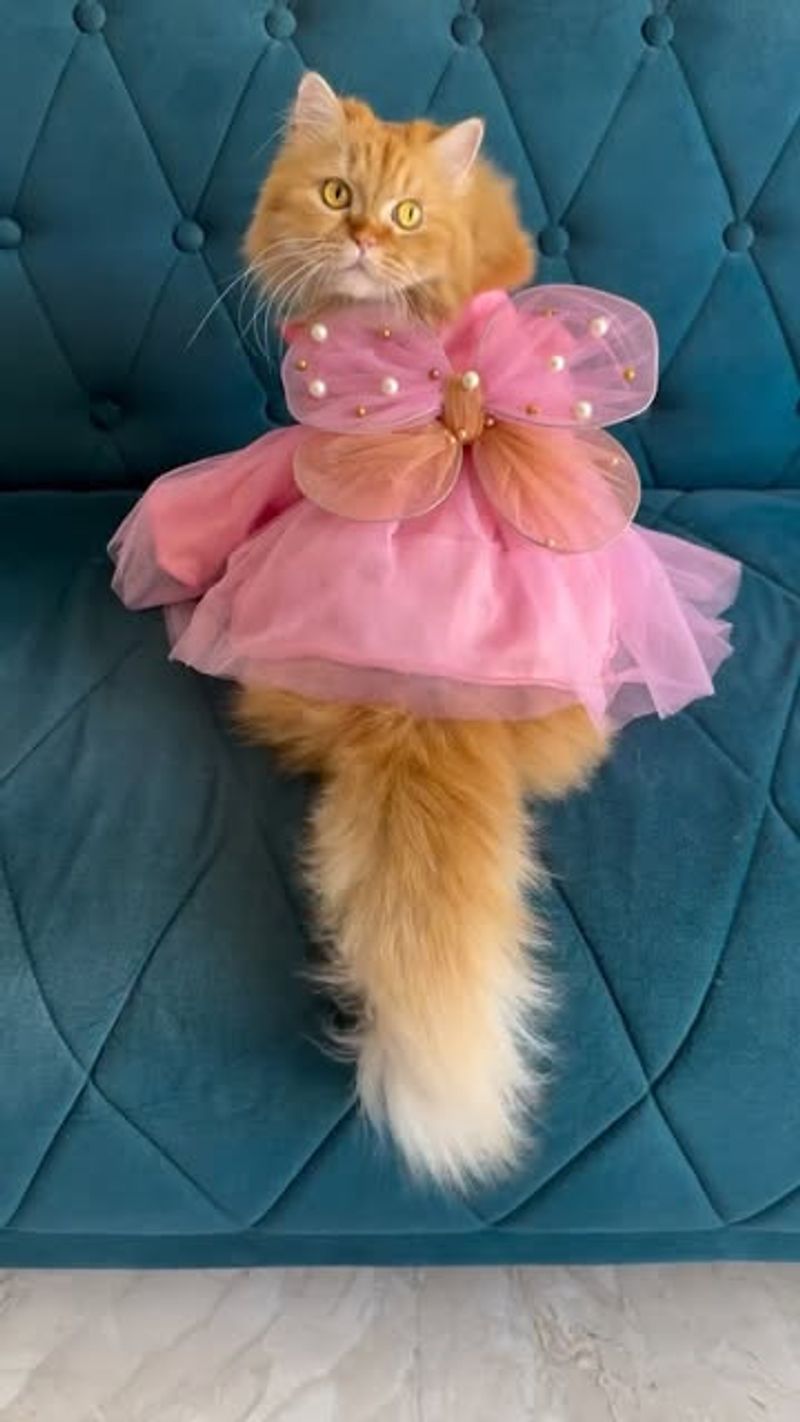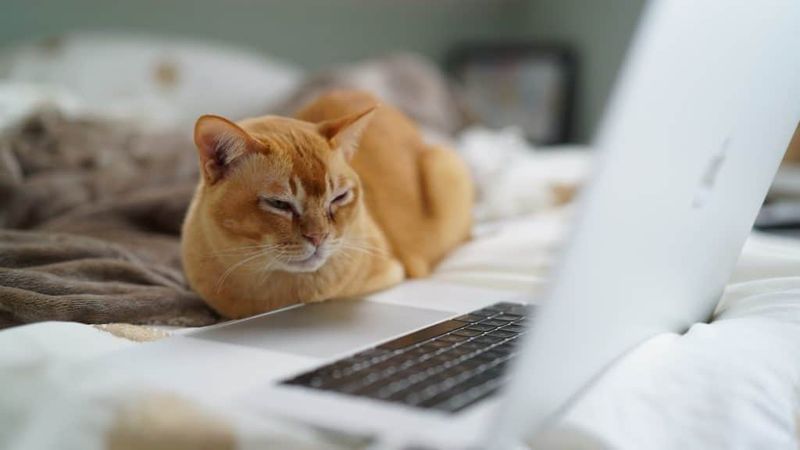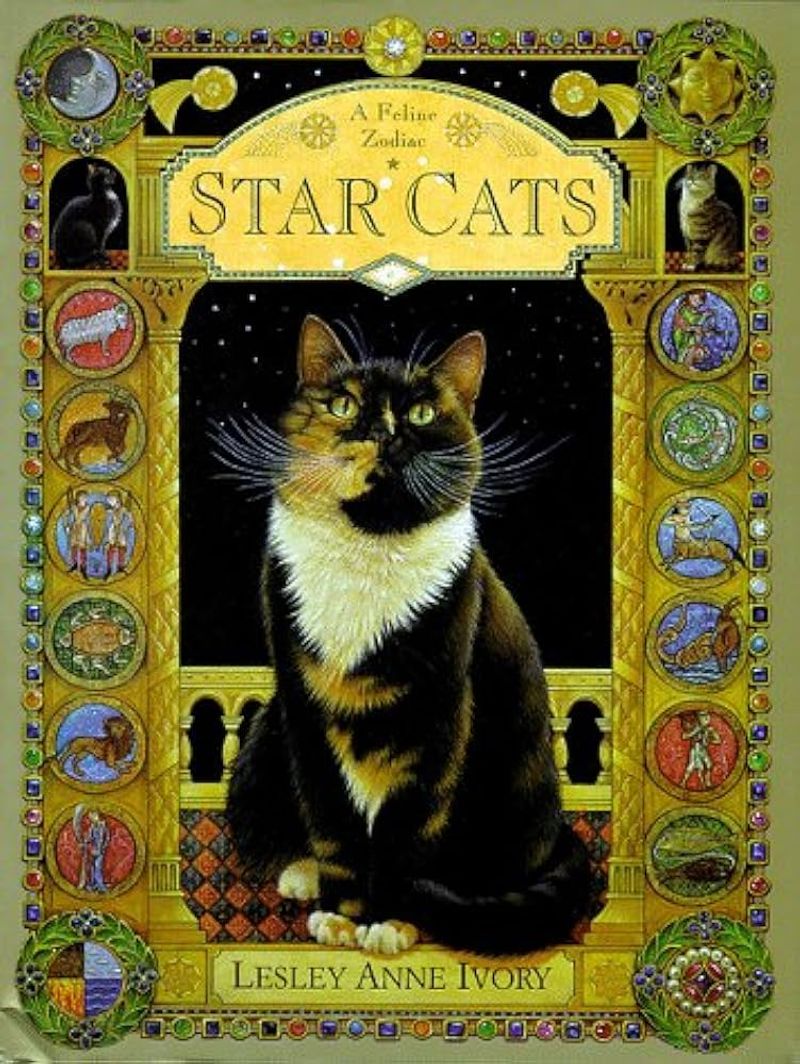📖 Table of Content:
- 1. Designer Cat Breeds
- 2. Matching Cat-Human Outfits
- 3. Expensive Smart Litter Boxes
- 4. Cat Strollers
- 5. Cat Backpacks with Windows
- 6. Cat Wine and Champagne
- 7. Instagram Famous Cats with “Careers”
- 8. Cat TV/YouTube Channels
- 9. Feline Astrology & Horoscopes
- 10. High-End Cat Furniture That Looks Like Modern Art
In the age of Instagram pets, feline fashion lines, and cat cafés on every corner, it’s safe to say cats have clawed their way into pop culture stardom. But with that fame comes a wave of trends—some useful, some quirky, and others… well, just plain extra. Not everything that purrs is gold, and not every viral product or lifestyle choice actually improves your cat’s life.
We get it—cat parents love to spoil their furry companions. Between endless product launches and influencer kitties setting the bar high, it’s tempting to believe that your cat needs that spaceship-shaped litter box or a personalized zodiac reading. The thing is, many of these trends are more about human entertainment than feline well-being, and some can even stress your pet out.
So before you swipe your card on another “must-have” cat gadget, let’s take a moment to rethink the hype. Here are 10 cat trends that may look shiny and new but don’t always deliver on their promises. Your cat might thank you with a headbutt—or at least not glare at you as much.
1. Designer Cat Breeds
Breeds like the Savannah, Bengal, and Munchkin have captured attention with their striking appearances and quirky traits. On the surface, these exotic cats seem like the pinnacle of luxury pet ownership. However, many of these breeds come with serious health issues—such as joint problems in Munchkins or wild temperaments in hybrids. Adopting a breed for aesthetics alone can lead to a mismatch between owner expectations and the cat’s needs. Shelter cats are often overlooked in favor of these “status symbol” felines, despite being just as affectionate and loyal. Breeders can also contribute to unethical practices or genetic inbreeding when chasing visual traits. In the end, beauty should never outweigh a cat’s comfort or health.
2. Matching Cat-Human Outfits
Nothing gets more likes than you and your cat in matching sweaters—until your cat starts clawing theirs off. Dressing up your feline might seem adorable to us, but it often makes them uncomfortable or anxious. Unlike dogs, most cats don’t tolerate clothing well, especially if it restricts movement. Even lightweight costumes can irritate their skin, disturb their grooming habits, or cause them to overheat. These outfits are typically made for photos, not function. While some tolerant cats may put up with it, it’s rarely something they enjoy. Cute pictures aren’t worth your cat’s discomfort.
3. Expensive Smart Litter Boxes
High-tech litter boxes that scoop automatically and connect to apps promise a cleaner, easier cat care experience. However, their steep prices and inconsistent reliability make them less of a miracle than advertised. Some cats are terrified by the noise or movement, refusing to use them at all. Malfunctions can lead to messy—and expensive—situations. Maintenance is often more complex than traditional litter boxes, despite claims of simplicity. And in multi-cat households, these machines may not handle the load effectively. Before investing hundreds, it’s worth asking: does your cat actually want this, or do you?
4. Cat Strollers
Toting your tabby in a stroller might seem like a whimsical way to include them in outdoor adventures. Unfortunately, the reality isn’t always so rosy. Many cats dislike confined spaces that move unexpectedly, which a stroller does in spades. Instead of enjoying the sights, they may be overwhelmed by sounds, motion, and unfamiliar smells. Some cats even panic and try to escape, which can be dangerous if the stroller tips or isn’t secured. The trend has gained traction mostly for social media appeal rather than practicality. It may work for a few super-chill cats, but for most, it’s just added stress on wheels.
5. Cat Backpacks with Windows
From afar, these futuristic bubble backpacks look like an exciting way to bring your cat along for the ride. But inside, your cat might feel like they’re trapped in a tiny spaceship they never signed up for. Most backpacks lack adequate space and airflow, making long trips uncomfortable. The transparent window can overstimulate shy cats, exposing them to unfamiliar environments without escape. Add in the swaying motion and enclosed heat, and you’ve got a recipe for feline distress. They may look like adventurers, but cats are territorial by nature and prefer familiar ground. These carriers often cater to aesthetic over actual comfort.
6. Cat Wine and Champagne
You might love to toast your fur baby’s birthday with a tiny bottle of cat wine, but don’t expect them to share the sentiment. These novelty drinks are typically water with a hint of beet juice or catnip essence—nothing remotely intoxicating. While marketed as fun and festive, most cats sniff once and walk away unimpressed. Some may even be put off by unfamiliar smells or tastes. It’s cute on camera, but hardly worth the price or hype. Cats don’t need faux-human rituals to feel celebrated—they’d rather get treats or cuddles. Ultimately, it’s a party for the owner, not the pet.
7. Instagram Famous Cats with “Careers”
It starts with a few cute photos and suddenly, your cat’s a “brand.” But life as a pet influencer isn’t all glam. Being constantly photographed, styled, and managed can overstimulate and stress out your cat. While some chill felines tolerate the spotlight, others suffer silently behind the scenes. The pressure to monetize every meow or nap can lead to overexposure and burnout—for both owner and cat. Cats need quiet, autonomy, and structure—not sponsored content schedules. The pursuit of fame often puts human ambition before animal welfare.
8. Cat TV/YouTube Channels
Sure, some cats enjoy watching birds or fish on screen—briefly. But assuming all cats want digital entertainment is a bit of a stretch. Unlike humans, cats rely more on scent and movement than screens for stimulation. Many lose interest quickly or ignore the TV altogether. It might be helpful for a few minutes, especially indoor cats with limited enrichment. Still, passive screen time isn’t a replacement for active play or environmental engagement. If you really want to entertain your cat, try a feather toy or window perch.
9. Feline Astrology & Horoscopes
Reading your cat’s “horoscope” might be a fun bonding moment, but don’t confuse it for science. Assigning traits based on birthdates adds a mystical layer to their behavior, but cats are complex regardless of zodiac. Whether your Leo cat struts or hides depends more on personality and environment than stars. These readings often generalize or anthropomorphize behaviors that are purely instinctual. It’s charming for humans who enjoy astrology, but cats don’t align their chakras or check moon phases. The result is often a projection rather than an understanding. Enjoy it as entertainment, not insight.
10. High-End Cat Furniture That Looks Like Modern Art
Minimalist cat trees and sleek loungers are Instagram gold, but many cats ignore them altogether. Just because it looks chic doesn’t mean it’s functional. Cats prefer textures, heights, and hiding spots over aesthetic cohesion with your living room. Some designs sacrifice comfort for style, using slippery surfaces or odd shapes. Meanwhile, a cardboard box or secondhand cat tower gets more attention. Function should come first when designing a cat’s space. If they don’t use it, it’s just an expensive sculpture.
